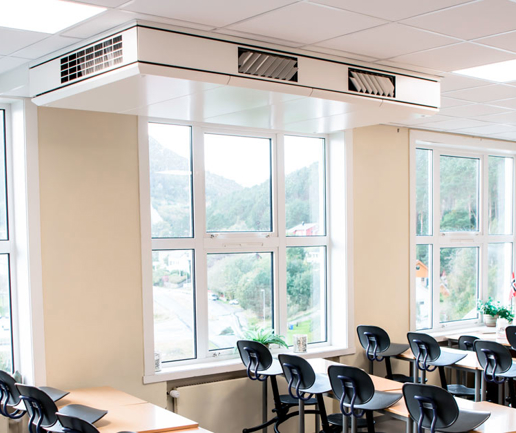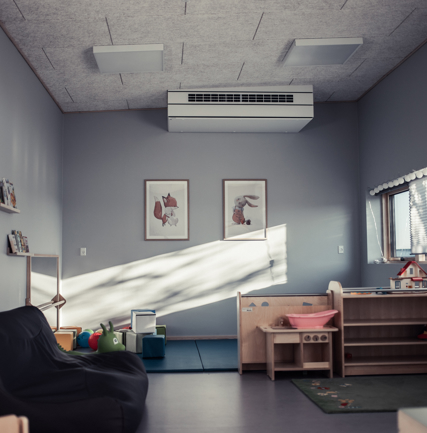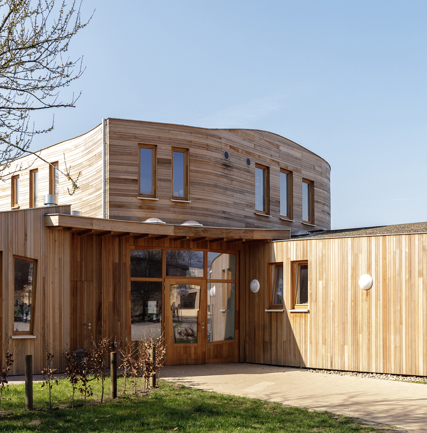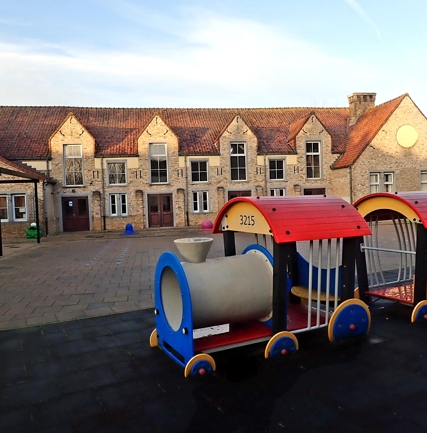Thermal comfort and decentralized ventilation

The thermal environment within buildings affects the well-being, emotions, productivity, and sometimes the health of the building’s users, as well as the building’s performance and energy usage. In Denmark, around 90% of primary schools have problems with indoor climate conditions, which includes low air quality and thermal comfort. With students spending up to 8 hours of their weekdays in classrooms and considering the negative effect on academic performance and well-being, the thermal environment deserves more attention.
What is thermal comfort?
Thermal comfort has been rated as one of the most important conditions for improving satisfaction and comfort with a buildings’ users. It describes the users’ perceived satisfaction or feeling of the buildings thermal environment, which is a result of the external climate together with the building’s heat balance and technical systems, among these not least the ventilation system.
The thermal environment is affected by the heat from human bodies, the external climate, as well as a number of internal and external sources. This could be electrical equipment, poorly insulated walls, window surfaces, air temperatures, air movements in the room, humidity and the physical activity level in the room. All of these conditions will influence how people perceive a building’s thermal comfort. Another important factor is the exchange of indoor air with fresh outdoor air, which can often lower too high indoor temperatures and also remove excess moisture from the indoor air. Everybody has an intuitive feeling of what opening windows to let in some fresh air can do – a mechanical ventilation system will perform the same job, just without excessive heat loss and cold draughts.
Improving a building’s thermal conditions should be a constant focus, considering that a bad indoor climate can affect the building’s users’ emotions, productivity, and sometimes even their health. The health of the building can also be affected by poor thermal conditions.





